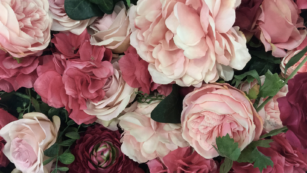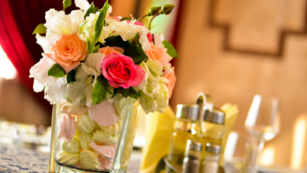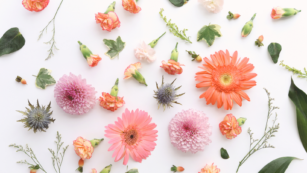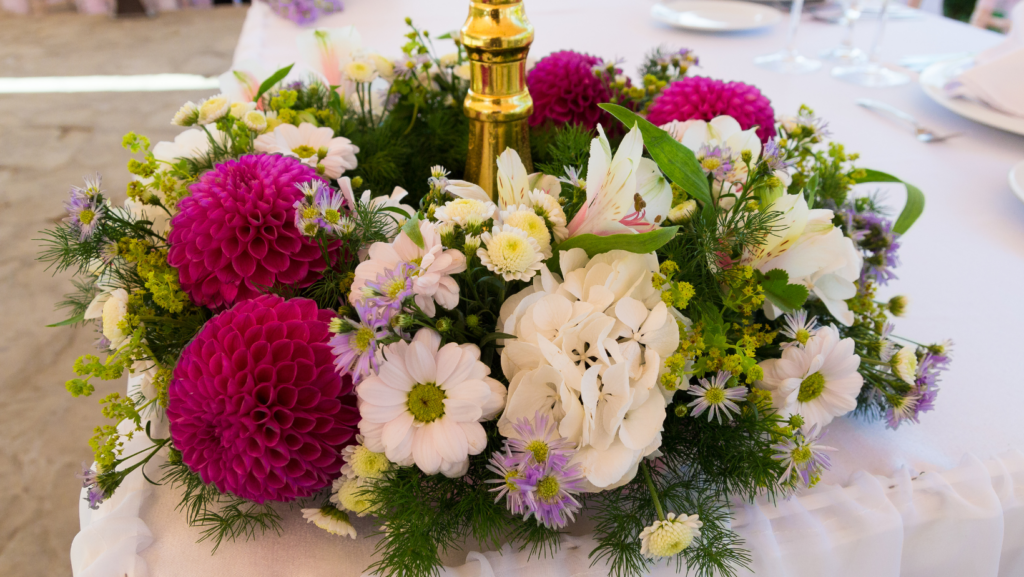There’s an art to designing floral arrangements that captivates the senses. It’s not just about choosing beautiful blooms; it’s about creating a harmonious blend of colors, textures, and scents that tell a story. This article delves into the world of floral design, providing insight into how to create stunning arrangements that leave a lasting impression.
Whether you’re a budding florist or simply someone who loves to fill their home with fresh flowers, understanding the principles of floral design can elevate your arrangements from ordinary to extraordinary. Let’s embark on a journey to uncover the secrets of successful floral design, and learn how to create arrangements that are as pleasing to the eye as they are to the nose.
Designing Floral Arrangements
 Delving deeper into the craft of floral design, grasp the fundamental facets that enrich the art: the interplay of color theory and the judicious choice of blossoms. Color theory, an inherent aspect of floral design, fosters appealing visual aesthetics. Harmonizing different hues can induce varying emotions, making this knowledge indispensable. For instance, the analogous color scheme, using colors adjacent to each other on a color wheel, creates a soothing effect. Likewise, a complementary color scheme, using colors opposite on the color wheel, enlivens the arrangement, adding a pop of contrast. Familiarize oneself with the basics of color theory, considering the color wheel, primary, secondary, and tertiary colors, and color schemes, for impactful floral designs.
Delving deeper into the craft of floral design, grasp the fundamental facets that enrich the art: the interplay of color theory and the judicious choice of blossoms. Color theory, an inherent aspect of floral design, fosters appealing visual aesthetics. Harmonizing different hues can induce varying emotions, making this knowledge indispensable. For instance, the analogous color scheme, using colors adjacent to each other on a color wheel, creates a soothing effect. Likewise, a complementary color scheme, using colors opposite on the color wheel, enlivens the arrangement, adding a pop of contrast. Familiarize oneself with the basics of color theory, considering the color wheel, primary, secondary, and tertiary colors, and color schemes, for impactful floral designs.
Choosing the Right Flowers
Selecting the apt flora forms the crux of any artistic floral design. It’s integral to contemplate not just the color but also the size, texture, and fragrance of the flowers. Take roses for example. Found in an impressive array of hues, they lend not just visual appeal but also a rich scent to the arrangement.
Tools and Materials Needed for Floral Arrangements
 Building upon the foundational knowledge of floral design and color theory, it’s important to identify the tools and materials required to bring floral arrangements to life. A florist constantly relies on a set of tools to aid in the creation of artistic arrangements. Primarily, these tools include floral shears, a sharp and reliable tool designed to trim and shape stems to desired lengths. Secondly, wire cutters come handy when working with supportive floral wires or thicker stalks. Floral foam, often used for holding the flowers in place, and waterproof floral tape join the list of essentials, fostering the integrity of arrangements. Floral tubes help keep individual flowers hydrated. Each tool plays a crucial role, like gears in a machine, shaping the final floral design.
Building upon the foundational knowledge of floral design and color theory, it’s important to identify the tools and materials required to bring floral arrangements to life. A florist constantly relies on a set of tools to aid in the creation of artistic arrangements. Primarily, these tools include floral shears, a sharp and reliable tool designed to trim and shape stems to desired lengths. Secondly, wire cutters come handy when working with supportive floral wires or thicker stalks. Floral foam, often used for holding the flowers in place, and waterproof floral tape join the list of essentials, fostering the integrity of arrangements. Floral tubes help keep individual flowers hydrated. Each tool plays a crucial role, like gears in a machine, shaping the final floral design.
Step-by-Step Guide to Designing Floral Arrangements
 Embarking on the floral arrangement design journey starts with meticulous planning and adopting effective arranging techniques. Following specific steps facilitates the creation of visually stunning bouquets and displays. It begins with imagining the desired end product, realizing that the first step is planning. Effectively designing a floral arrangement involves choosing a color scheme, selecting flowers and foliage, and opting for suitable vases or containers. For instance, a tropical arrangement might include bird of paradise flowers, vibrant heliconias, and large monstera leaves, while a romantic arrangement could incorporate roses, baby’s breath, and delicate ivy in a glass vase.
Embarking on the floral arrangement design journey starts with meticulous planning and adopting effective arranging techniques. Following specific steps facilitates the creation of visually stunning bouquets and displays. It begins with imagining the desired end product, realizing that the first step is planning. Effectively designing a floral arrangement involves choosing a color scheme, selecting flowers and foliage, and opting for suitable vases or containers. For instance, a tropical arrangement might include bird of paradise flowers, vibrant heliconias, and large monstera leaves, while a romantic arrangement could incorporate roses, baby’s breath, and delicate ivy in a glass vase.
Also, an arrangement’s purpose determines its design. A centerpiece floral arrangement presents different requirements from a boutonniere or corsage. A table centerpiece, for example, often demands a wide and low arrangement to facilitate conversation across the table, while a boutonniere requires a small, dramatically structured arrangement for visual impact.
Arranging Techniques and Tips
Mastering floral arranging techniques and investing time in honing these skills significantly enhances the final result. Considering flower longevity is paramount; cut stems at an angle and use floral preservative to prolong their life. For example, hellebores and tulips benefit from being rehydrated before arranging.
Using floral foam is recommended for long-lasting or detailed arrangements, as it provides support and hydration. An example is wedding centerpieces, which often require precision and longevity.

